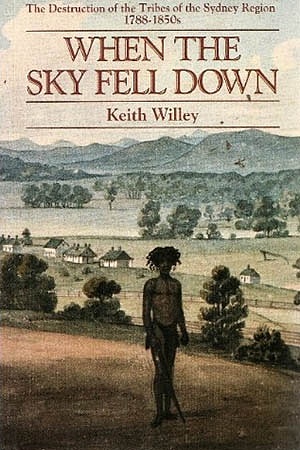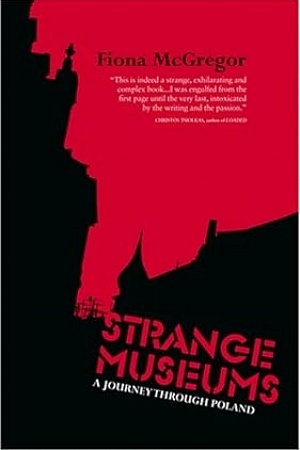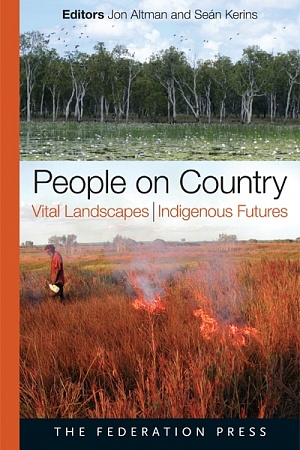A Light History of Hot Air
MUP, $32.95 hb, 302 pp
Keryn Williams reviews "A Light History of Hot Air" by Peter Doherty
Peter Doherty, an Australian biomedical researcher, won the Nobel Prize for Physiology or Medicine in 1996 and accordingly has substantial credibility among members of the international scientific community. This book, however, has been carefully crafted for a more general audience, and might well be enjoyed while sitting (hatted and sunscreened) on a beach. The blurb suggests that the contents provide an entertaining, albeit informative, account of the ways in which natural resources such as air, water and hydrocarbons have been harnessed by human ingenuity. But Doherty has a more serious intent, which he deliberately takes time to unfold. The subtext to his light-hearted explanations of how candles, light bulbs and refrigerators work, and how we use a variety of fuels to heat, cool and light our lives, is that this planet is running out of non-renewable energy sources. He suggests that we need to use brainpower and research to find alternatives sooner, not later, if we are to ensure the survival of our children.
Doherty has a gift for making the complex appear straightforward. In lucid prose, uncluttered by diagrams, he explains how everyday devices, appliances and vehicles are currently powered, and compares today’s fuels with those used in the recent past. Deep-water whaling, for example, owed its raison d’être to the eighteenth-century discovery that whale oil, which burned cleanly and brightly, was a wonderful fuel for domestic lamps. Switching on a modern electric light is, of course, even better. In describing how we survived, worked, travelled and played before we had access to modern energy sources, Doherty’s emphasis is on how technological developments since the Industrial Revolution have resulted in a cleaner, safer and more convenient environment, at least for those of us who live in the developed world. The cost is ever-increasing consumption of fossil fuel reserves, the production of more greenhouse gases, and resulting global warming and political instability.
A devotee of the writings of Primo Levi (The Periodic Table, 1975), Doherty gift-wraps his messages in personal anecdotes. In the main, this approach works well. He is at particular pains to cajole the reader into following the simple chemistry that makes one greenhouse gas different from another. However, it is the crisp vignettes – the regular Saturday testing of the tornado sirens mounted on school houses in Tennessee, or the human deaths that occurred during the European heatwave of 2003 – that best emphasise the lack of control we have over the forces of air, sun, wind and rain. Interspersed through the book are reminders of the havoc that unexpected weather patterns, whether the result of naturally occurring planetary cycles or accelerating man-made climate change, can wreak upon us.
Although Doherty, unashamedly Australian, tells entertaining stories of time spent in Scotland and the United States, his text is anchored in local experiences. Older Australians will enjoy his memories of the ‘Silent Knight’ kerosene-powered refrigerator and his explanation of the workings of the Coolgardie safe; well-travelled Australians will appreciate being reminded of a common refrigerating device in wintry northern climes: the outside window ledge. Some may not share Doherty’s evident enthusiasm for trains, steam engines and turbines, but most will enjoy his accounts of manned flight, from the hot-air balloon to the Concorde. Especially engaging are his tales of the legendary wartime pilots who flew early aircraft such as the Sopwith Camel and the Fokker triplane.
In a discussion of the eagle, a symbol of flight and power that has been used since Roman times and that was co-opted by the Nazis, amongst others, Doherty describes a pivotal personal insight that hit him ‘like a thrown brick’ on a trip to Berlin. The realisation that a sophisticated pre-war populace with a liberal and rational bent had been so strongly influenced by evil orators pushing a divisive and spiteful polemic as to embrace the Holocaust and a global war appalled him. His distrust of present-day rantings by extremists of any description, talk-back radio aficionados and political lobbyists included, is manifest. His strong preference for the gentle art of persuasion is evident in every chapter of this book.
Doherty projects an affable and self-deprecating persona, but he is not afraid to speak his mind. Although he combines moderation with understated scholarship (a bibliography, a glossary and an index are included at the end of the book), his position is clear. Eschewing rhetorical hot air, he makes plain the dangers inherent in burning fossil fuels at an unprecedented rate. What we are doing is very likely to end badly. Perhaps he hopes that if he can only bring his horses to water, then they will drink. For readers who need no convincing by his arguments, A Light History of Hot Air nonetheless provides a wealth of small pleasures and insights into the workings of the world.










Leave a comment
If you are an ABR subscriber, you will need to sign in to post a comment.
If you have forgotten your sign in details, or if you receive an error message when trying to submit your comment, please email your comment (and the name of the article to which it relates) to ABR Comments. We will review your comment and, subject to approval, we will post it under your name.
Please note that all comments must be approved by ABR and comply with our Terms & Conditions.